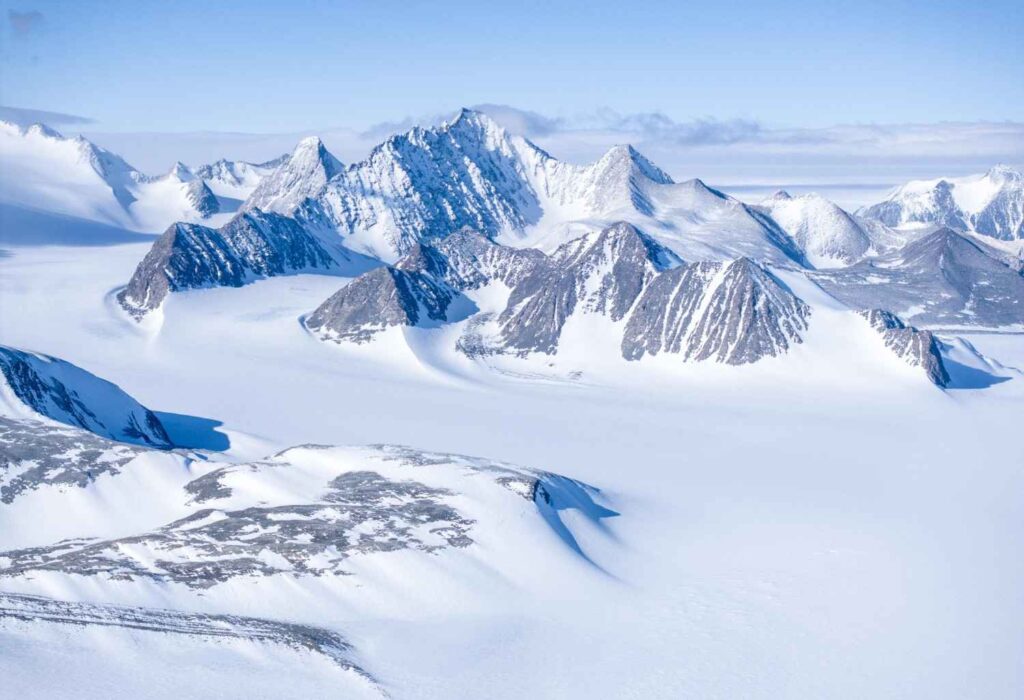Antarctica vs. Arctic: Which Polar Journey Is Right for You?
Traveling to the polar regions is unlike any other journey. The landscapes are vast, the air is pure, and the sense of discovery is powerful. When comparing Antarctica vs Arctic, travelers often wonder which destination will give them the experience they seek. Both promise adventure, but in very different ways.
The Antarctic offers a remote wilderness where penguins gather in colonies and icebergs stretch across the horizon. In contrast, the Arctic reveals a world where polar bears, walruses, and Indigenous cultures share space with dramatic coastlines and drifting sea ice. These differences shape the kind of experience travelers will find.
Choosing between the two depends on what excites you more, whether it is untouched silence or cultural immersion with wildlife encounters. In this blog, we will explore the main differences between these polar regions, including wildlife, accessibility, climate, cost, and the kind of adventure each journey offers.
What Is the Core Difference Between Antarctica and the Arctic?
1. Geography
2. Ice and Land
3. Wildlife
4. Human Presence
5. Climate and Temperature
The Arctic experiences cold winters and relatively mild summers, with average summer temperatures around 0°C. Antarctica is far colder and holds the record for the lowest temperature ever recorded on Earth. Its extreme conditions make it less hospitable and add to its reputation for raw, untouched wilderness.
Arctic vs. Antarctica: How Accessible Are the Polar Regions for Travellers?
1. Arctic Accessibility
2. Travel Experience in the Arctic
3. Antarctica Accessibility
4. Travel Experience in Antarctica
Choosing the Right Polar Journey for Your Adventure Goals
Deciding between Antarctica vs. Arctic travel depends largely on the kind of adventure you seek. If you crave untouched wilderness, towering icebergs, and the thrill of extreme isolation, Antarctica offers a once-in-a-lifetime experience. For travelers who enjoy a mix of wildlife, culture, and more accessible logistics, the Arctic provides diverse landscapes and opportunities for exploration.
A careful polar expedition comparison highlights that both destinations promise unforgettable journeys, but the experience varies based on environment, wildlife, and travel style. By understanding the distinctions between Antarctica vs Arctic, travelers can choose the journey that aligns best with their personal goals and sense of adventure.
Ready to Plan Your Polar Adventure?
Every traveller’s polar journey is different. Whether you choose Antarctica’s remote ice or the Arctic’s wildlife-rich landscapes, every journey is unique. Start your polar expedition comparison and create memories that last a lifetime.
Explore more Stories
Behind the Scenes with Stein Retzlaff
→ View the Antarctica Film Portfolio
→ Inside the Mosaic Studios Expedition Workflow
→ Why Antarctica Is the Ultimate Adventure Film Location
Stay Connected
For updates, stories, and behind-the-scenes dispatches, follow along: → @SteinRetzlaff on Instagram | YouTube | LinkedIn


